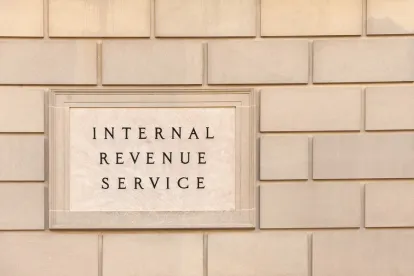Addressing the classic case of a US multinational shifting income to a tax haven, the US Court of Appeals for the Eighth Circuit vacated the US Tax Court’s transfer pricing analysis because it failed to account for key differences between an intercompany patent license agreement and a settlement agreement for patent litigation. Medtronic, Inc. v. Commissioner, Case No.17-1866 (8th Cir. Aug. 16, 2018) (Wollman, J) (Shepherd, J, concurring).
The Internal Revenue Service (IRS) alleged that Medtronic improperly allocated taxable income to its affiliate in a “tax haven.” Medtronic US had entered into various agreements with Medtronic Puerto Rico for the latter to manufacture certain medical devices. These intercompany agreements included IP licenses from Medtronic US to Medtronic Puerto Rico and payment terms related to those IP licenses. The IRS alleged that these payments improperly shifted taxable income to Puerto Rico (IP Update, Vol. 19, No. 7).
Taxable income is allocated properly between related entities when the intercompany agreements are on terms that the parties would have negotiated in an arm’s length transaction. One method for determining the terms of an arm’s length transaction is the comparable uncontrolled transactions (CUT) method. The CUT method finds a similar transaction and uses that transaction to determine the arm’s length deal terms for the related entities.
Here, the Tax Court used the Pacesetter agreement as the CUT. The Pacesetter agreement was an agreement between Pacesetter and Medtronic US to settle lawsuits for patent infringement. This settlement agreement included a cross license to the parties’ patents. Pacesetter’s payment to Medtronic under the agreement included a lump sum and an ongoing royalty. The IRS appealed the Tax Court’s use of the Pacesetter agreement under a CUT analysis and its calculation of the arm’s length royalty.
The Eighth Circuit determined that the Tax Court failed to sufficiently justify its use of the Pacesetter agreement as a CUT, explaining that the Tax Court did not account for a fundamental difference between the Pacesetter agreement and the intercompany Medtronic Puerto Rico agreement. The Court noted that the Pacesetter agreement was an agreement to settle patent litigation, a situation where parties enter into settlement agreements in part to reduce future litigation costs. Also, settlement agreements reflect the parties’ estimates about their chances of success in the litigation. These are not agreements entered into in the ordinary course of business, and are therefore less reliable as a CUT.
As the Eighth Circuit further explained, in order to qualify as a CUT, the comparable transaction must contain similar licensing and payment terms. While the Pacesetter agreement included a lump sum payment and a cross license, the Medtronic Puerto Rico agreement did not have either of these terms. The Pacesetter agreement also licensed only patents and excluded “intangibles,” such as know-how and manufacturing processes. In contrast, the Medtronic Puerto Rico agreement included a license to intangibles. The Eighth Circuit concluded that the Tax Court failed to analyze how these differences affected the comparability between the two agreements.
Finally, the Eighth Circuit noted that the Tax Court failed to justify its allocation of risk between Medtronic US and Medtronic Puerto Rico. An arm’s length transaction between Medtronic US and Medtronic Puerto Rico would account for the amount of risk and product liability expense borne by each party. Greater risk should result in an increased valuation. The Tax Court failed to make specific findings as to the amount of risk incurred by Medtronic Puerto Rico.
Because the Tax Court failed to adequately analyze these factors in determining whether the Pacesetter agreement was a CUT, the Eighth Circuit remanded the case for further consideration.




 />i
/>i

